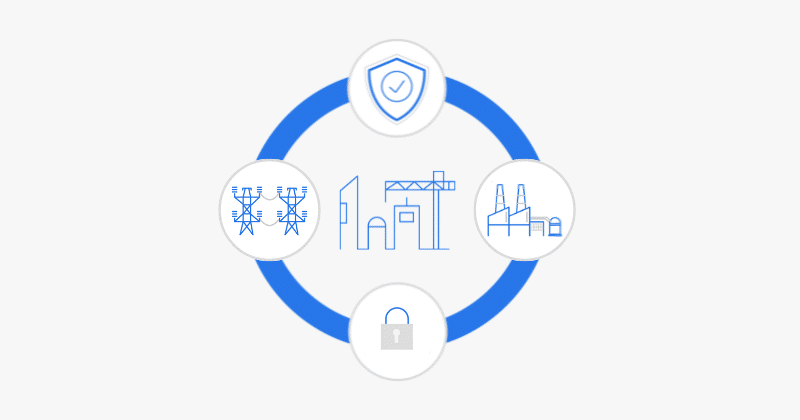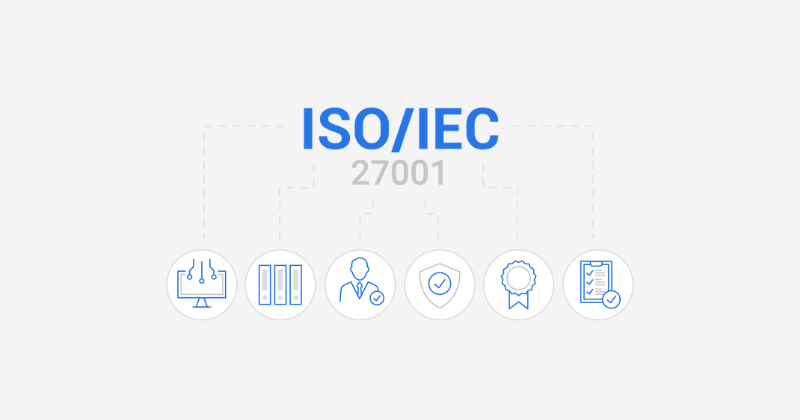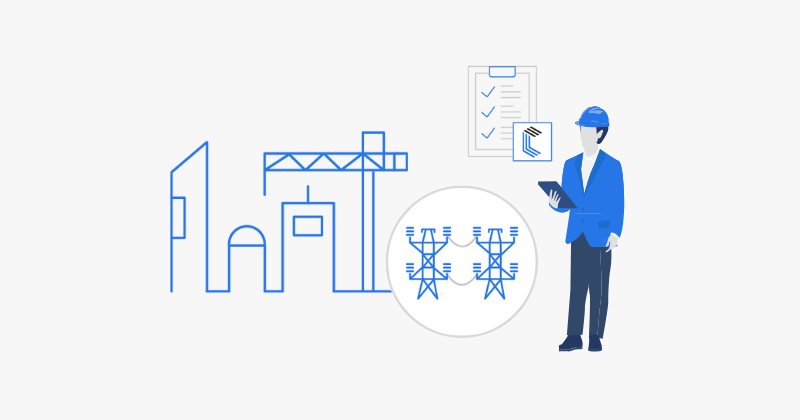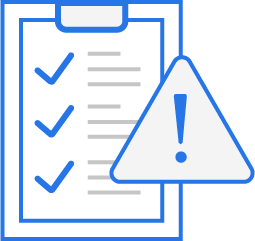Programmable Logic Controllers (PLCs) are at the heart of industrial automation, running essential services like power grids, water systems, and manufacturing. While built for reliability, they weren’t always designed with today’s cybersecurity storm in mind. That storm is here, and the threat landscape has shifted dramatically into the physical realm of Operational Technology (OT). This makes PLC Security absolutely critical – it’s now about protecting people, the environment, and essential services.
Real-world incidents like Stuxnet, which targeted PLCs to disrupt uranium enrichment, and the Industroyer attack on Ukraine’s power grid show that cyber threats can literally turn the lights off. These are not theoretical scenarios; they are real-world impacts. Attacks on industrial systems are escalating, driven by geopolitical tensions, ransomware, and hacktivists, all looking for weaknesses in OT.
A significant challenge is the widespread use of legacy PLCs built decades ago, often lacking modern security features. Patching is difficult or sometimes impossible, leading to persistent vulnerabilities, known as “Foreverdays,” that attackers actively exploit. A Palo Alto Networks and Siemens report confirmed aging vulnerabilities are still being targeted in OT networks. This demands a defense tailored to OT, addressing vulnerabilities at the source: the PLC code itself.
Why a Code-Centric Approach is Vital for OT Defense
Securing OT isn’t like securing your office network; the priorities are different. Downtime in OT can lead to severe physical harm or critical service loss, making safety and availability paramount. Traditional IT security focuses on confidentiality (like data encryption), but in OT, these often take a backseat to ensuring systems keep running safely. Security solutions must be non-disruptive; halting a critical process for security is not an option.
While frameworks like the SANS ICS 5 Critical Controls provide guidance on defensible architecture and visibility, attackers can still find ways in by exploiting known vulnerabilities. That’s why we need to strengthen security at every layer, particularly within the control logic itself.
This is precisely why the Boost PLC Security: Top 20 Secure Coding Practices initiative is so valuable. It offers concrete, actionable steps for writing more secure PLC code, making the control system inherently more resilient. It’s like building a strong foundation; you can add layers on top, but a solid base is essential.
Understanding the Foundation of the Top 20 Secure Coding Practices
This isn’t some abstract theoretical framework. This guide comes from the community. It’s based on real-world observations. Experts have seen how PLCs get compromised. They’ve identified common coding mistakes that adversaries exploit. The goal is to make PLC code harder to break. It’s about making it more predictable. It’s about adding security checks right into the logic. All of this contributes to robust PLC Security.
Think about default credentials. Attackers love them. They provide easy access. The Top 20 addresses this. It pushes for eliminating default credentials in code and configurations.
Many PLCs use protocols like Modbus TCP. The DEFCON 32 talk highlighted Modbus TCP’s widespread use. It also showed how easy it is to interact with PLCs using tools like Mbtget. Many functions transmit data without authentication. The Top 20 offers practices to make these interactions more secure, such as restricting access to necessary function codes or requiring authentication where possible.
Exploring the Top 20 PLC Security Practices: Four Key Areas
The Top 20 practices cover four main areas:
- Configuration Management: This is about setting up your PLC securely from the start. The guide recommends modularizing your PLC code, breaking down programs into smaller pieces. This makes them easier to review and test for vulnerabilities, significantly improving code quality. Configuration hardening is crucial; disabling unused ports and services on PLCs is vital, as they often ship with protocols enabled by default. Turning off what you don’t need reduces the attack surface. Restricting third-party access is also key, ensuring data interfaces with external systems are well-defined and limited to only necessary operations.
- Development: This focuses on writing secure code itself, building security into the logic. The guide emphasizes validating inputs by checking values for reasonableness to prevent malicious data. Validate timers and counters, ensuring they are not negative and checking for overflows. Instrument the process for plausibility checks; for example, use redundant sensors to verify critical measurements. Using redundant measurements adds robustness, making it harder for an attacker to spoof data undetected.
- Monitoring: This is about keeping an eye on what your PLC is doing to detect anomalous behavior. Track operating modes (Run/Stop/Error), PLC uptime, restarts, and hard stop events; this data helps with root cause analysis after an incident. Monitor PLC memory usage, as unexpected changes can indicate malicious code. Effective log collection is vital (as stressed by ANSSI 1.0), including managing false positives and false negatives for critical alerts. Program traps for anomalies to enhance situational awareness.
- Hardening: This involves making the PLC device itself more resistant to attack. Disable unneeded communication ports and protocols – this is a fundamental step. Restrict third-party interfaces, limiting access to only what’s essential. This PLC-level hardening adds a layer of defense, complementing network segmentation and making the device more resilient to direct exploits.
These practices work together. They create a more secure PLC. This strengthens your defense at the control layer. It’s a crucial part of a layered security strategy. It helps protect your operations even if other defenses fail.
Integrating Secure Coding with Broader OT Security Frameworks
Secure coding practices don’t live in a vacuum. They are part of a larger ICS Security ecosystem.
The Top 20 practices align well with established security frameworks. NIST SP 800-82r3 provides guidance for securing OT. The Top 20 practices contribute to many NIST objectives.
ISA/IEC 62443 is a key standard for Industrial Automation and Control Systems security. In fact, the ANSSI Classification guide notes the link between its classifications and IEC 62443. Furthermore, secure coding practices support IEC 62443 requirements for secure development. Consequently, they contribute to building secure components.
The SANS ICS 5 Critical Controls offer a threat-based approach. Specifically, they cover areas like defensible architecture and vulnerability management. In this context, secure coding practices support these controls directly. For instance, they contribute to a more defensible architecture by reducing internal weaknesses. Additionally, they enable better monitoring by adding security checks into the code. Moreover, they inform risk management by highlighting specific code-level risks. They also provide crucial data for incident response and recovery planning. Taken together, this integrated approach makes your overall security program more effective.
Practical Applications of Secure Coding in OT Risk Management
Managing vulnerabilities is crucial in OT. Not every vulnerability is equally risky. The Dragos’s 2025 OT Cybersecurity Report confirms that attackers exploit vulnerabilities that cause a loss of view or control. Prioritize vulnerabilities based on their potential impact on operations. The “Now, Next, Never” framework helps with this prioritization.
For older PLCs that can’t be fully patched, secure coding practices are essential. In such cases, they offer a form of virtual patching. For example, adding validation checks in code can mitigate risks from vulnerable protocols. As a result, this protects the system without needing disruptive firmware updates. Ultimately, this is a practical solution for “Foreverday” vulnerabilities.
Supply chain risks are also a concern. Third-party components in industrial products can have vulnerabilities. The Palo Alto/Siemens report found that 19% of advisories related to third-party components. Vendors should provide SBOMs. This increases transparency. It helps asset owners understand risks from integrated parts. Secure coding practices can also validate inputs from third-party systems.
Let’s Build a Stronger OT Security Culture: Focusing on PLC Security
Implementing these practices isn’t just a technical task. It’s also about people and culture. Your engineers, operators, and maintenance staff are on the front lines. They need to understand the risks. They need training on secure coding and cybersecurity best practices for OT.
Security should not be a siloed function. It needs collaboration. Your IT and OT teams must work together. We offer specialized services to bridge this gap and have experts who speak both OT and IT languages. We can help you assess your current security posture, can identify specific vulnerabilities in your PLC code and conduct configuration audits.
Our services include tailored system hardening. We understand the nuances of securing PLCs. We can help you develop and deliver cybersecurity best practices training for your personnel. This empowers your team. It builds internal expertise. This fosters a stronger security culture.
We also assist with establishing a robust Vulnerability Management program for OT and help prioritize risks based on operational impact. We advise on compensatory controls for legacy systems. Our ICS Security consulting provides objective guidance. We help you build a comprehensive defense strategy.
Protecting critical infrastructure is a shared responsibility. It requires a proactive approach, a continuous effort and requires building security into the fabric of your operations. The Boost PLC Security: Top 20 Secure Coding Practices provides a path forward.
Conclusion
The threat landscape is complex. It’s evolving fast. But you are not powerless. You can strengthen your PLC Security, adopt secure coding practices or build a more resilient OT environment. This protects your operations, It protects your community.
Are you ready to take control of your PLC Security? Let Compliance Labs help you. We have the experience, the expertise and the guide you through implementing these practices. We can help you build a stronger ICS Security program.
Contact Compliance Labs today to discuss your OT cybersecurity needs. Let’s work together to secure your critical operations and build a safer industrial future.







